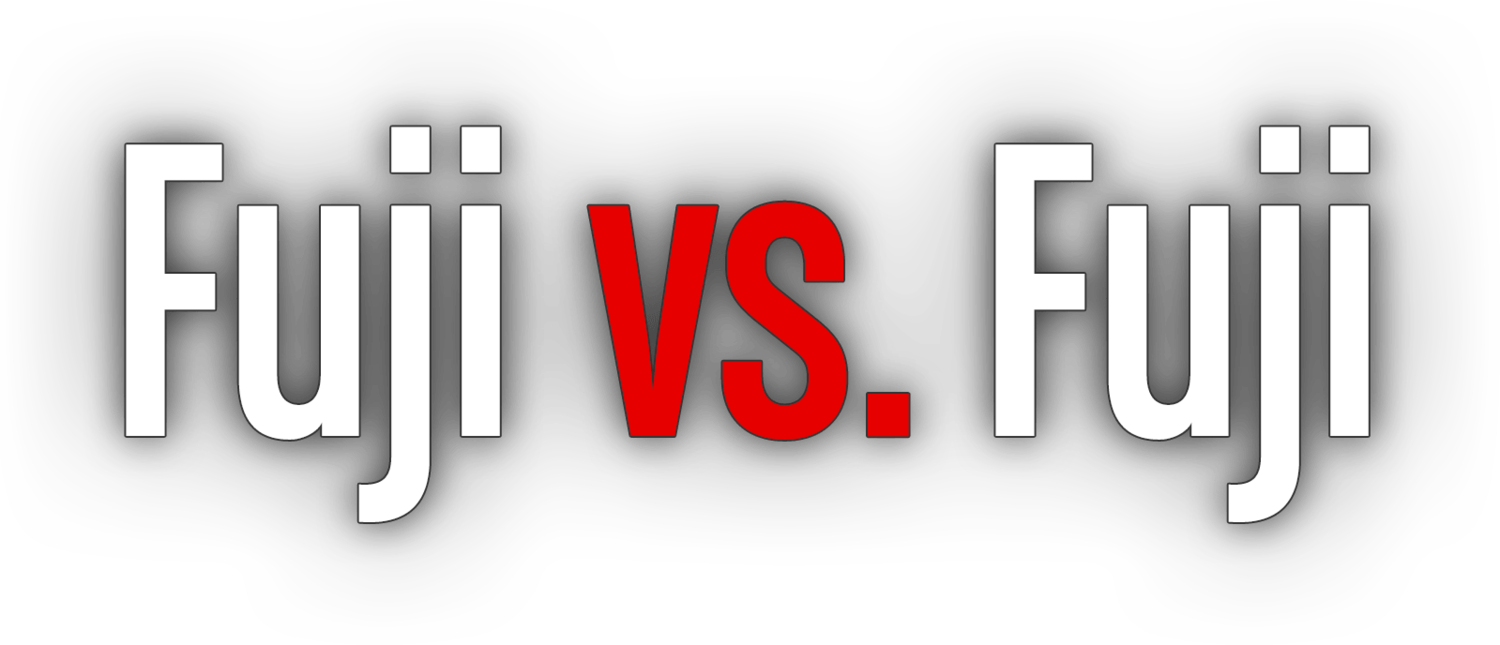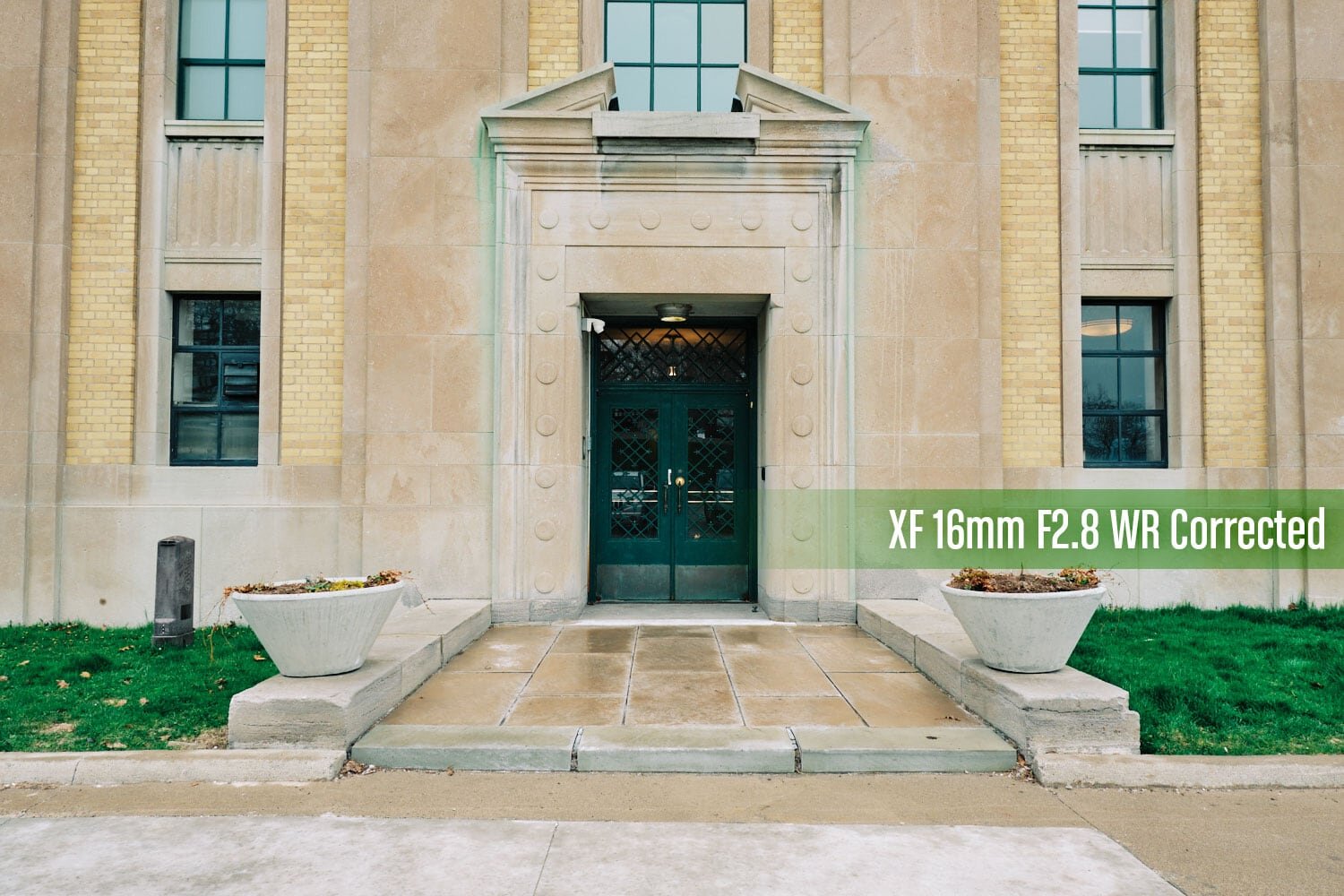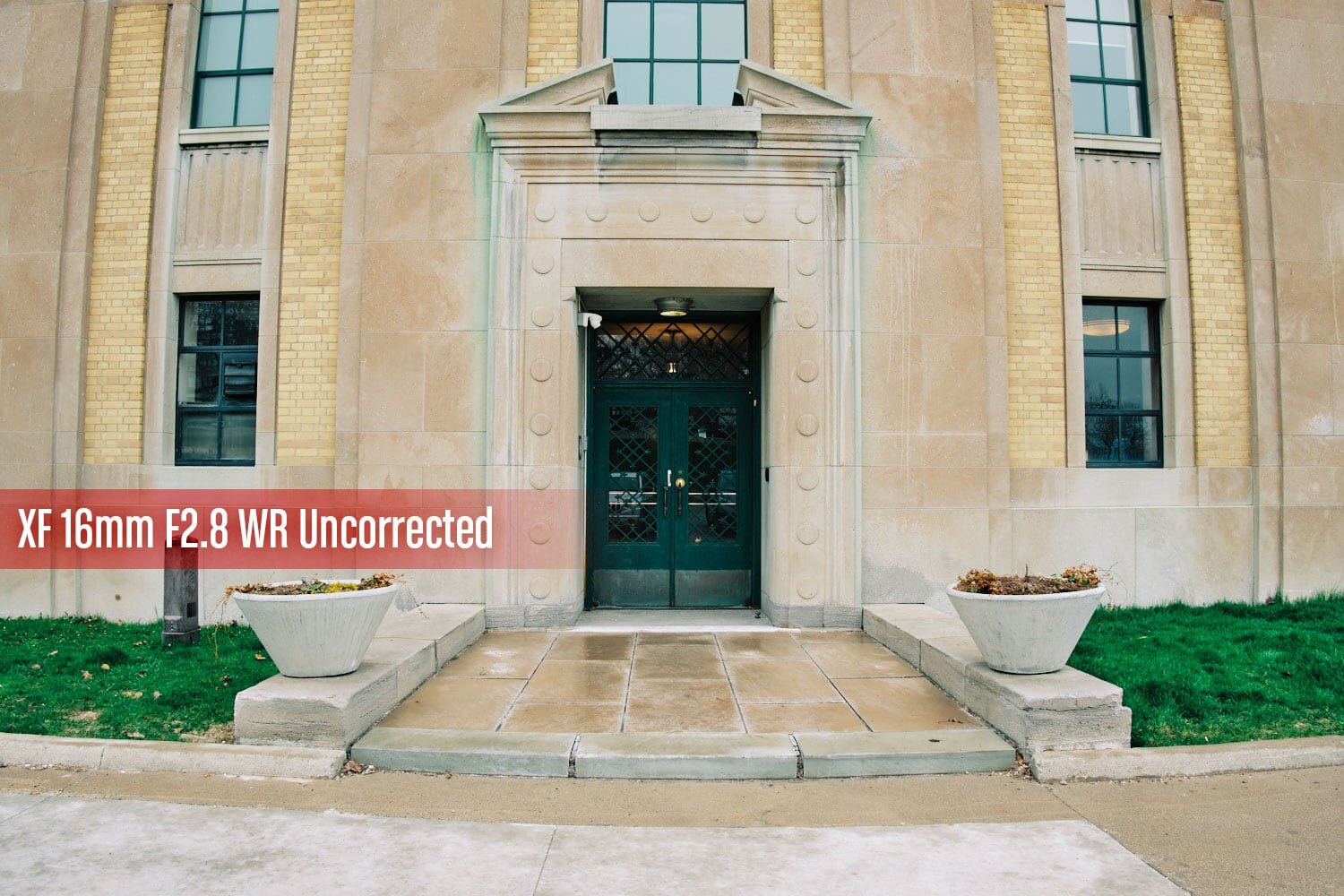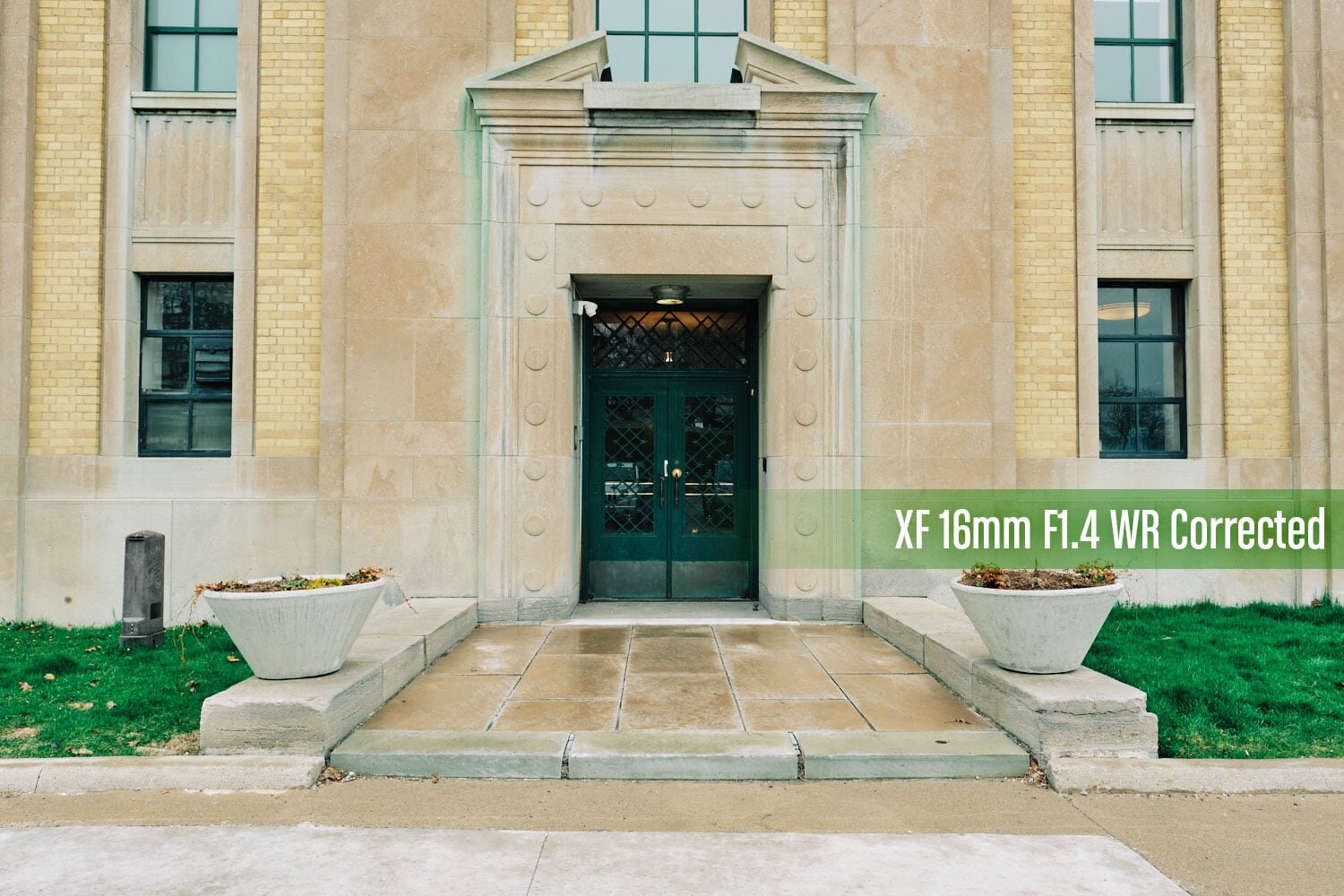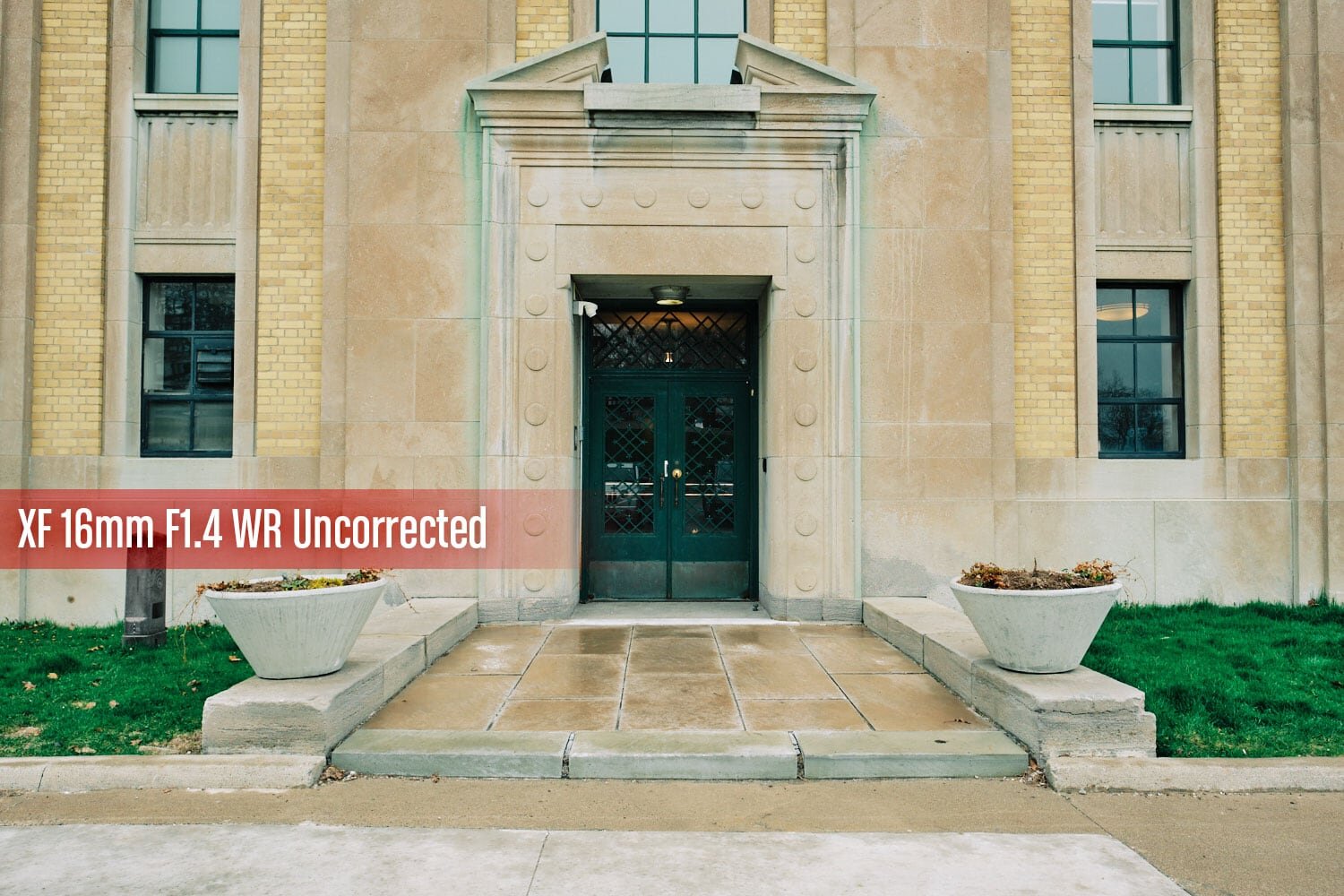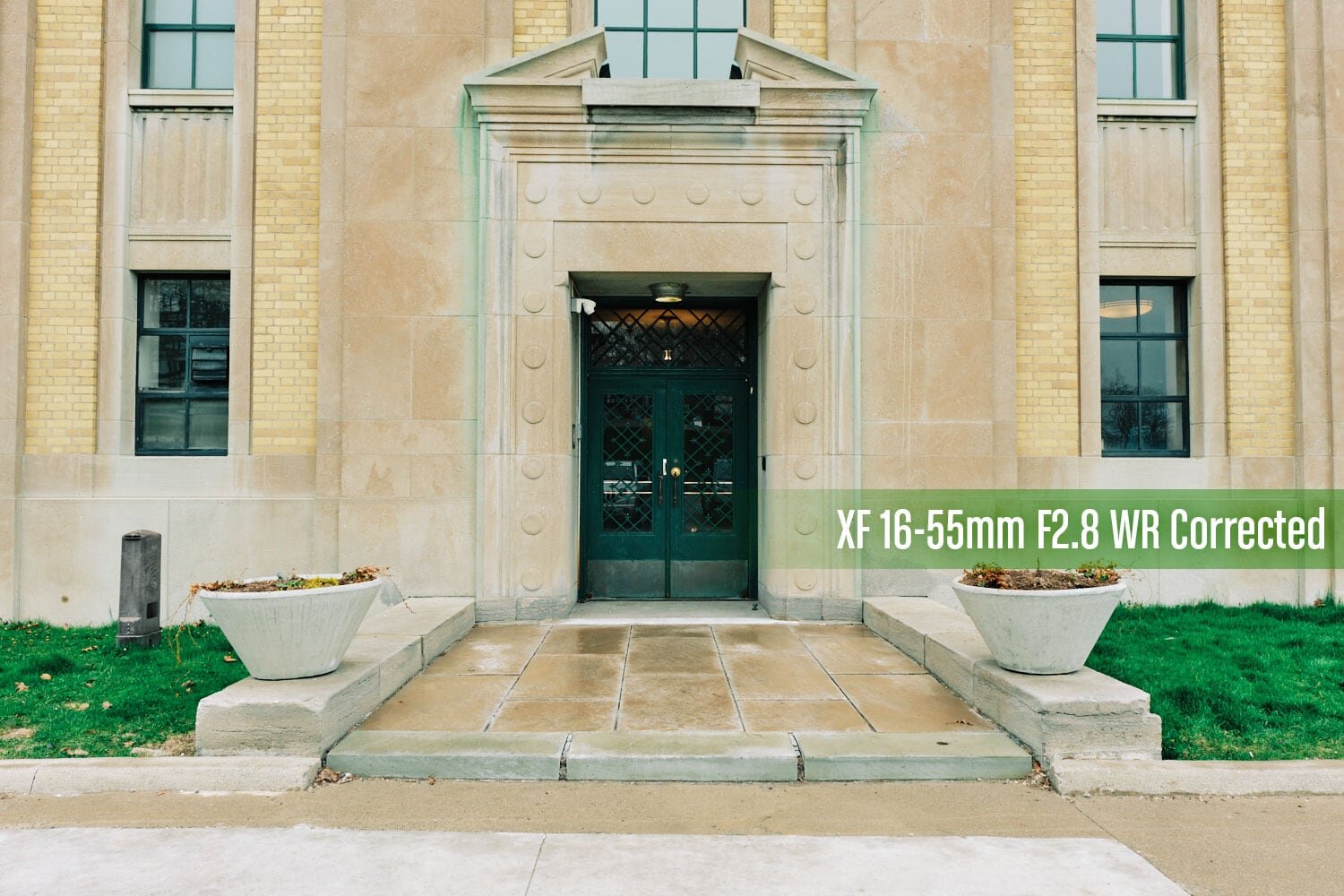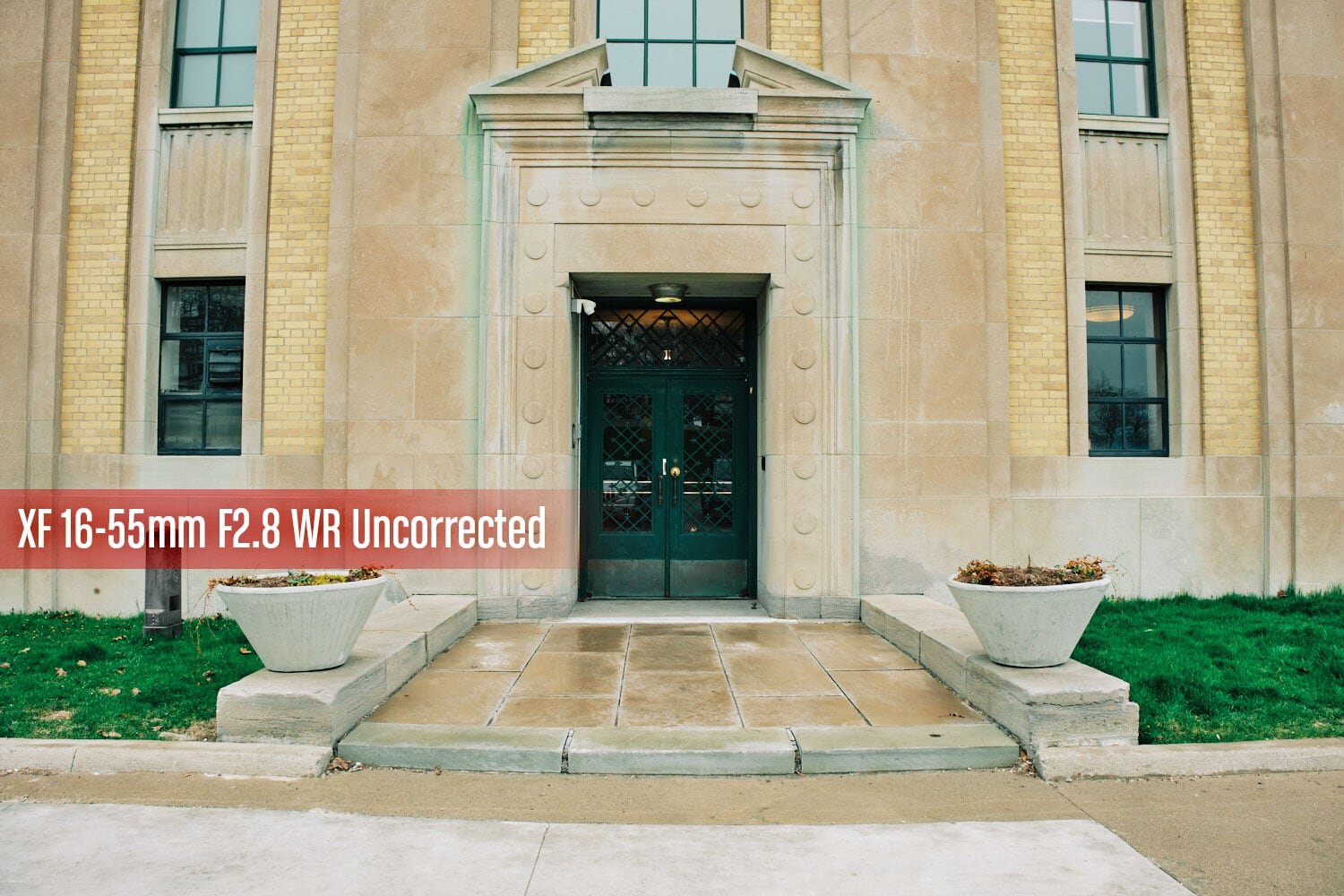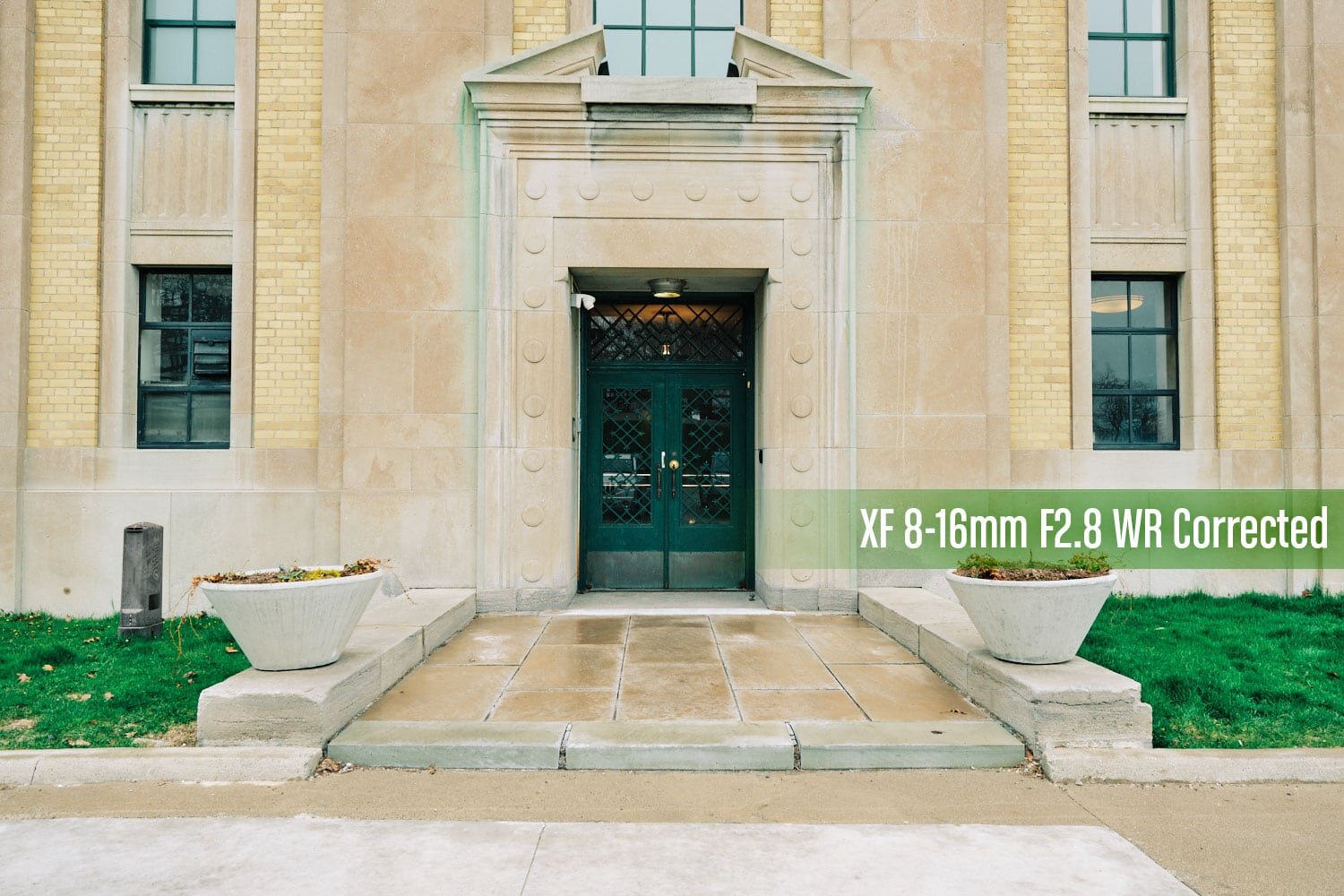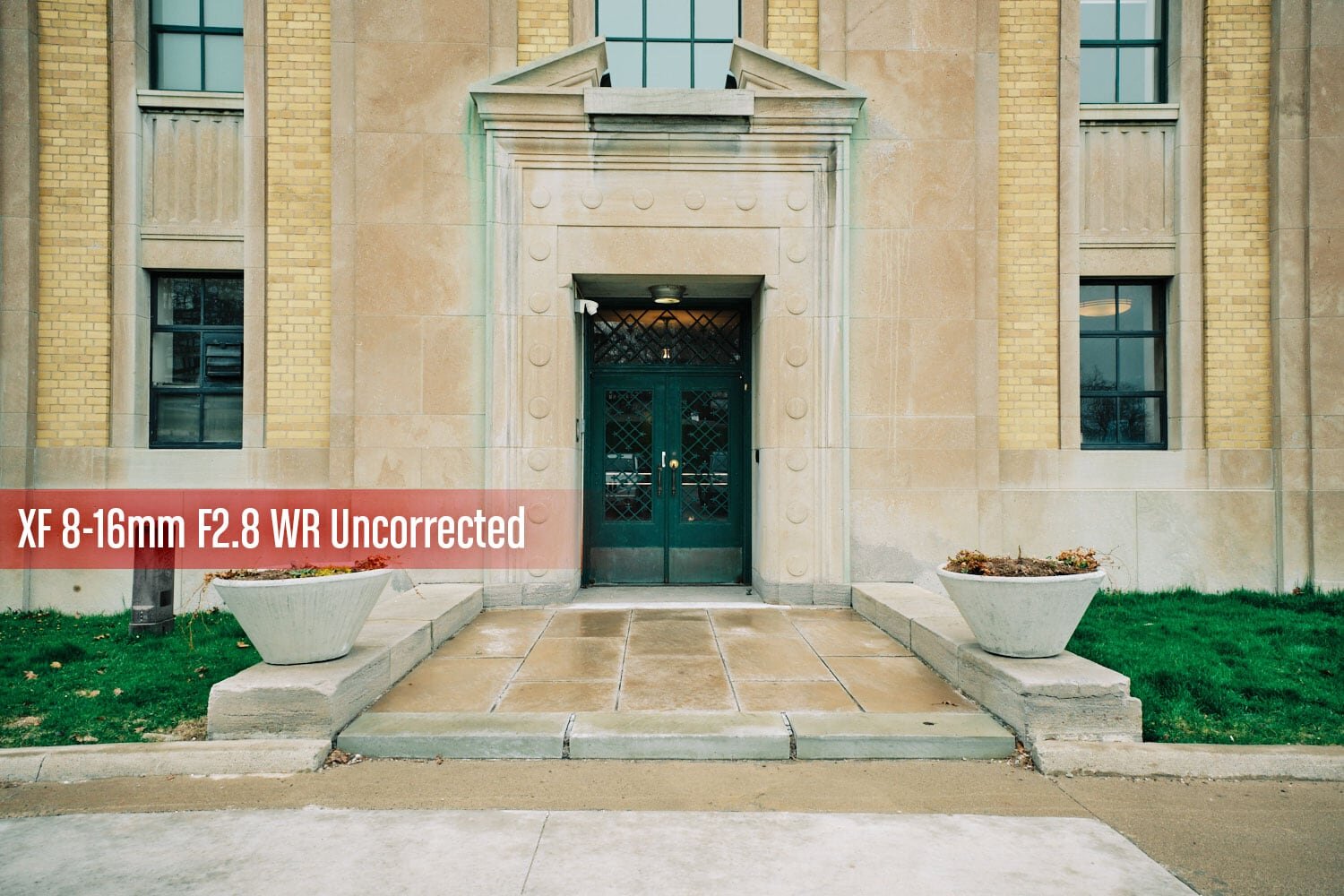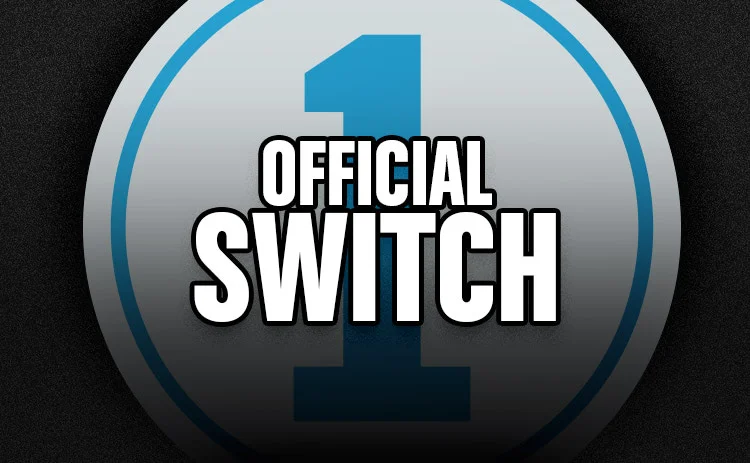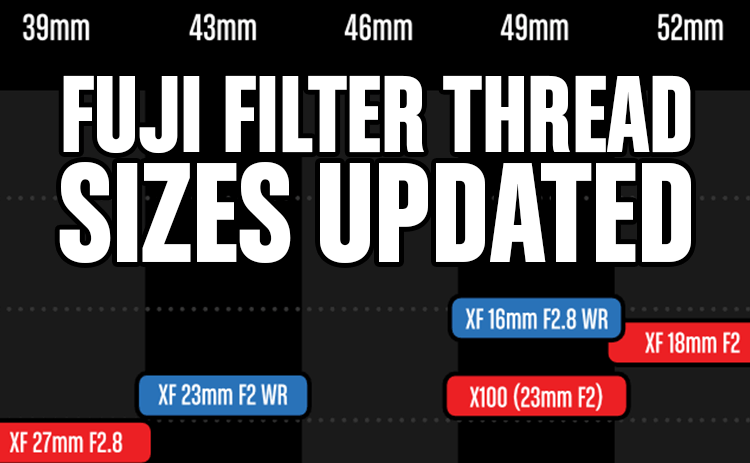Fuji XF 16mm F2.8 WR vs. XF 16mm F1.4 WR vs. XF 16-55mm F2.8 WR vs. XF 8-16mm F2.8 WR – a Fujifilm 16mm Comparison
Originally Published: May, 2020
Introduction
If there’s one focal length lens manufacturers like—whether it be a prime, or the wide and long ends of a zoom—it’s the 24mm equivalent. In fact, one of the first real lens comparisons I ever did was between Nikon’s 24-70mm, 24mm f/1.4, and 14-24mm.1 You might say I like the focal length as well. As it turns out, 24mm is right in my wide angle sweet spot. Any wider than 21mm or longer than 28mm and I struggle more with my compositions. Having lots of options at 16mm in APS-C suits me just fine, and since I do have quite a few at my disposal, I was curious to know which option would work best for my needs. Am I better off with a prime, or can I stick to a zoom? If I do go prime, do I need the bigger, heavier, and more expensive one, or is the newer smaller, albeit slower option good enough to keep my kit as compact as possible? I had my suspicions, but I wanted some data, so I’m running a few tests to find out.
A few notes about my approach to this piece
I’ve elected to compare the XF 16mm F2.8 WR, XF 16-55mm F2.8 WR (Review), XF 8-16mm F2.8 WR, and my beloved XF 16mm F1.4 WR (Review). Conspicuously absent is the new XF 16-80mm F4 OIS WR. I have yet to acquire this lens, and may not ever. With the exception of travel, it’s simply not a lens that appeals to be much, and if I intend to travel with a zoom again, it will be with the XF 16-55mm F2.8 WR I already have. An extra stop is more important to me that 15 extra millimetres on the long end and OIS. Also missing is the XF 10-24mm F4 OIS. I feel this lens has been adequately covered on my site in my XF 10-24mm F4 OIS vs. Primes piece, and that along with my Wide Angle Primes piece will suggest that if absolute quality is desired, the XF 16mm F1.4 WR should be selected instead. Finally, the lenses in my comparison are all weather sealed, which is important to me. The XF 10-24mm F4 OIS sadly isn’t.
Finally, content hasn’t exactly been flowing out of me these days, so instead of waiting to get everything done and posting it all at once, I plan to take a more iterative approach, and posting tests as they are finished.
Distortion
A strange place to start in the age of digital and lens correction profiles, but this was the first thing I wanted to check. Reason being is in Capture One I find it much easier to see what profiles are doing, and I find the ability to unhide distorted areas interesting.
There’s also the fact that the focal length stated on the tin doesn’t always equal the focal length you get to the decimal with Fuji (and I’m sure other manufacturers). They tend to take some license there, so I was curious to know if I was actually getting as much width with lenses that distort more. Turns out the inverse is true, as you’ll see below.
Architecture
I have to admit, while I was totally expecting the XF 16mm F2.8 WR to have the worst distortion pre-correction, I half expected the corrected state to be slightly tighter than 16mm. As it turns out, what’s actually captured appears to be significantly beyond 16mm to compensate for the correction, and the corrected result is even slightly wider than the other lenses in this comparison.
The two zooms are about where I would have guessed, distortion-wise, but despite understanding it on a lens design level, it still weirds me out that the XF 8-16mm F2.8 WR exhibits pincushion distortion at 16mm.
And finally, the XF 16mm F1.4 WR is just ridiculously well corrected right out of the box.
Next up, a pretty basic horizon shot.
Horizon
Size and Weight
It will likely come as no surprise that the primes weigh in lighter than the zooms, but the difference is staggering. This is especially true when comparing the XF 16mm F2.8 WR to either of the zooms, both of which weigh about 4× as much as the tiny prime.
Even the XF 16mm F1.4 WR weighs more than twice as much as the newer XF 16mm F2.8 WR, but it’s just over half the weight of the XF 8-16mm F2.8 WR.
When it comes to size, the tiny XF 16mm F2.8 WR is dwarfed by every other lens in the comparison. If compact is your goal, it’s hard to argue which lens you should choose.
At the risk of staying the obvious, for a zoom to be larger and heavier than a prime of the same aperture—and even a faster one—is definitely to be expected. The zooms attempt to make up for their size and weight penalty with flexibility in focal length. This is a trade-off only the carrier can decide on. I like maximizing image quality where possible, but as readers of this site know, my overall carry weight does factor into my gear selection significantly.
More to come…
Content hasn’t exactly been flowing out of me these days, so instead of waiting to get everything done and posting it all at once, I plan to take a more iterative approach, and posting tests as they are finished. Hope that’s cool.
- After waiting quite sometime for more stock, I had just purchased the 14-24mm for an upcoming trip. I was really disappointed with its sharpness, and suspected it was defective so I ran some tests. The results from the 14-24mm were terrible, and I luckily got an exchange copy (those lenses were scarce at the time), which was excellent. ↩︎
